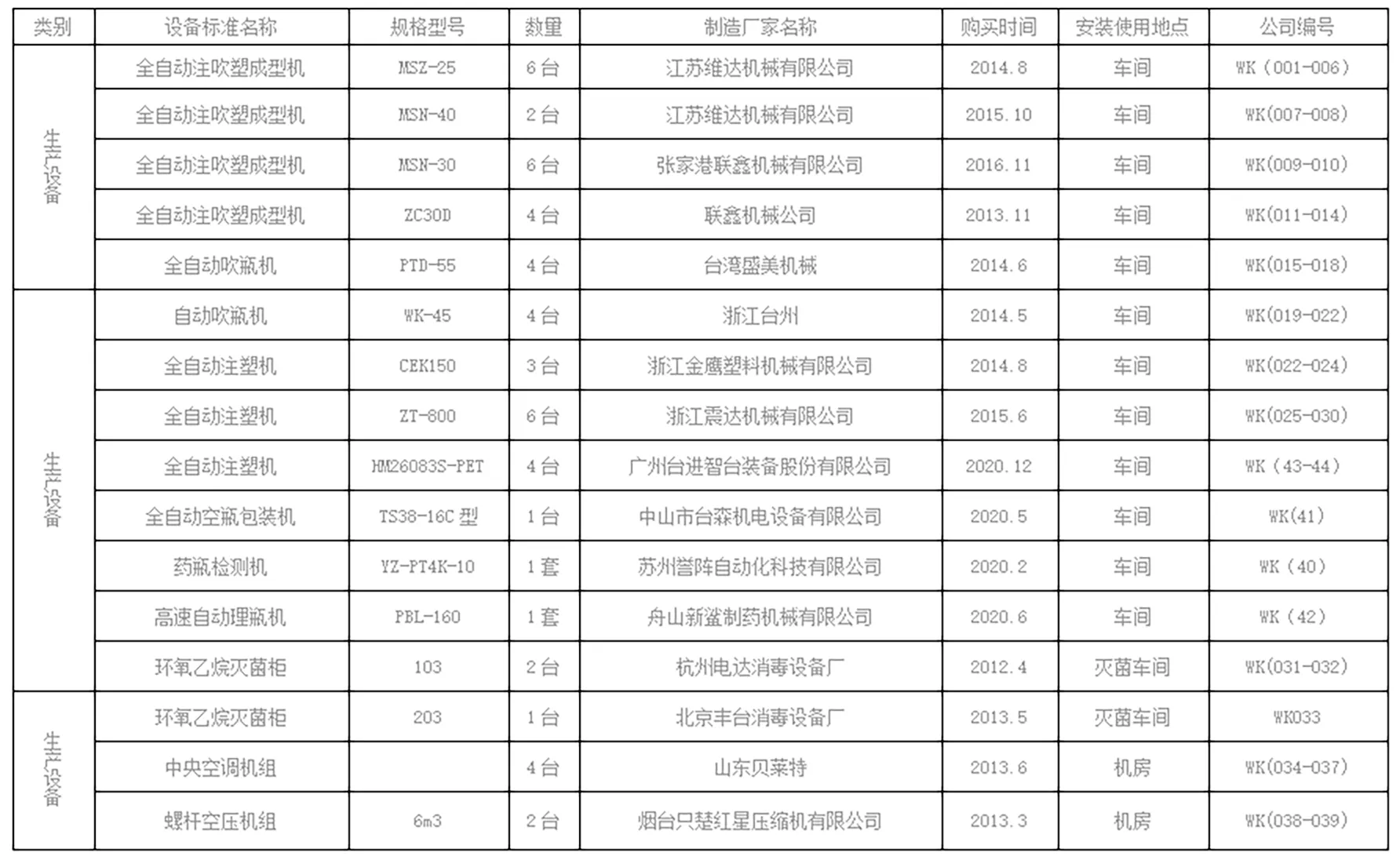size of petri dish in mm
Understanding the Size of Petri Dishes in Millimeters
Petri dishes, also known as petri plates, are circular shallow dishes that are commonly used in laboratories, particularly in microbiology, to culture cells, bacteria, and fungi. They are typically made of glass or clear plastic and come in various sizes, with diameters and heights that can significantly influence experimental outcomes. Among the myriad options, the measurement in millimeters serves as a crucial standard for selecting the appropriate dish for specific applications.
Common Sizes of Petri Dishes
The sizes of petri dishes can vary widely, but the most commonly used diameters include 60 mm, 100 mm, and 150 mm
. Each size serves its purpose, often linked to the scale of the experiment and the volume of the medium needed.- 60 mm Petri Dishes These smaller dishes are ideal for small-scale experiments, such as isolating individual colonies from mixed cultures or performing initial screenings of microbial growth. They typically hold around 10-15 ml of culture medium. In educational settings, 60 mm dishes are frequently used for basic experiments and demonstrations. Their compact size makes them suitable for use in classrooms or smaller labs where space is a premium.
- 100 mm Petri Dishes The 100 mm dish is perhaps the most versatile and widely utilized size in laboratories. It offers a balance between capacity and ease of handling. These dishes generally hold about 20-25 ml of medium, allowing for a larger area for growth compared to the 60 mm dishes. They are commonly used for plating out dilutions, observing colony morphology, and conducting various assays. When performing experiments that require more significant data or observation, researchers often prefer the 100 mm dishes.
size of petri dish in mm

- 150 mm Petri Dishes For larger-scale applications, the 150 mm petri dish is favored. This size allows for a more extensive culture area and can hold up to 50 ml of medium. They are particularly useful in industrial microbiology and research settings, where larger cultures are necessary for producing biomass or studying the effects of different conditions on growth. The increased volume and surface area make these dishes ideal for experiments that involve a variety of treatments or replicate samples.
Factors Influencing the Choice of Size
When selecting the appropriate size of a petri dish, several factors come into play. The specific type of organism being cultured, the growth medium requirements, and the intended analysis all dictate the choice of dish size. The larger the dish, the greater the volume of medium required, which may impact resource consumption and costs in larger laboratories. Additionally, larger dishes might be suitable for experiments that involve prolonged observation over days or weeks, where evaporation and contamination risks must be carefully managed.
Another important consideration is the space available in the incubators or storage facilities. Laboratories often have limited space, so the size of petri dishes must align with the overall capacities of the equipment.
Conclusion
In conclusion, the size of petri dishes measured in millimeters plays a significant role in laboratory practices, especially in microbiology. Understanding the distinctions between various sizes, such as 60 mm, 100 mm, and 150 mm, can help researchers select the most appropriate dish for their experiments. By considering factors such as the scale of the culture, available space, and experimental requirements, scientists can optimize their methodologies and achieve more reliable results. The humble petri dish, with its simple design, remains an indispensable tool in scientific exploration.
-
Aesthetic Makeup Spray Bottles | Fine Mist Empty RefillableNewsAug.19,2025
-
White Plastic Veterinary Vaccine Vials | Lab Liquid BottlesNewsAug.18,2025
-
Plastic Medicine Liquid Bottle: Secure Flip Top Drug VialsNewsAug.17,2025
-
Durable 250ml Blue Plastic Vaccine Vial for Lab & Vet UseNewsAug.16,2025
-
Sterile Virus Sample Tubes: Secure & Reliable Specimen CollectionNewsAug.15,2025
-
White 250ml Plastic Vaccine Vial for Lab & Vet MedicineNewsAug.14,2025
























